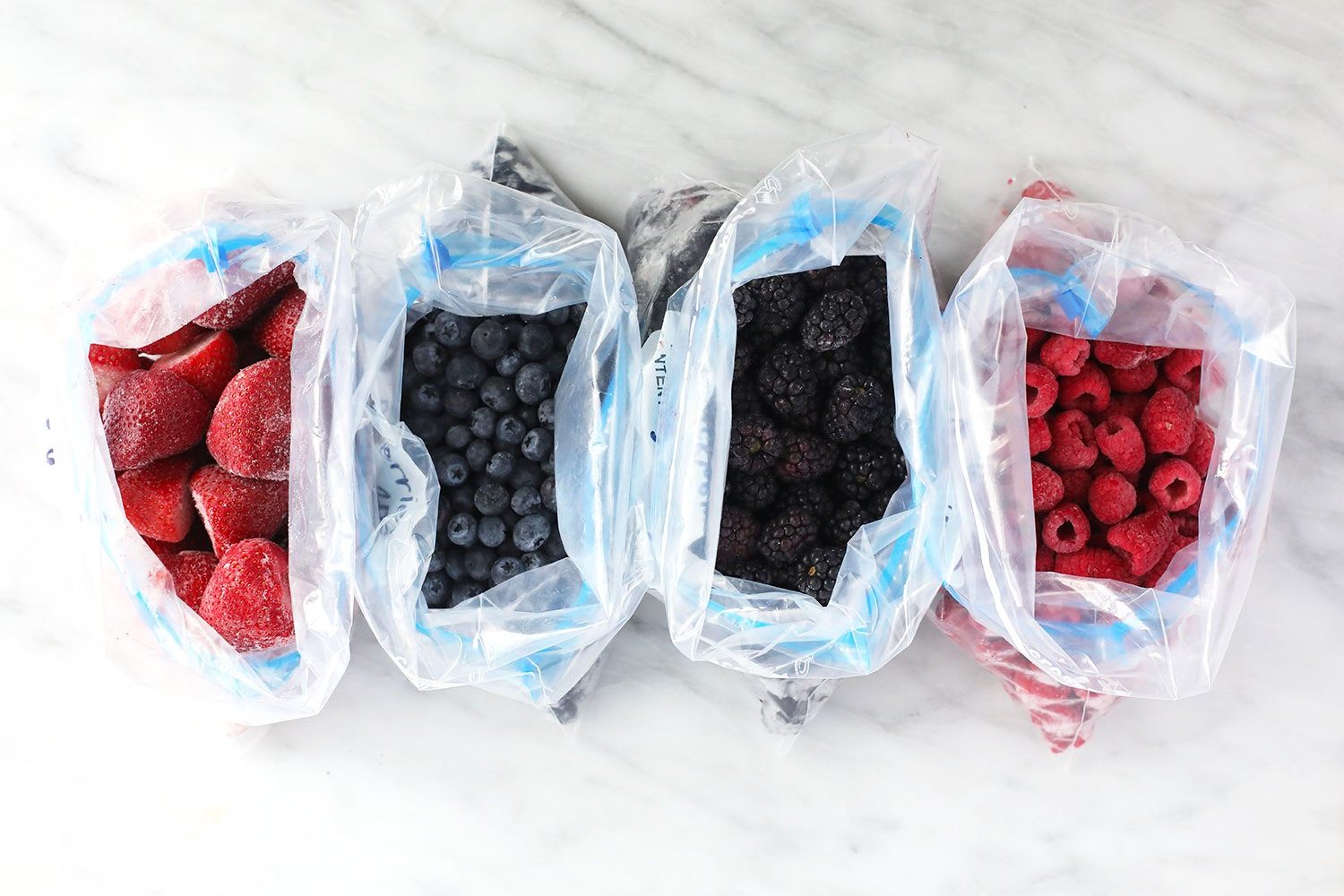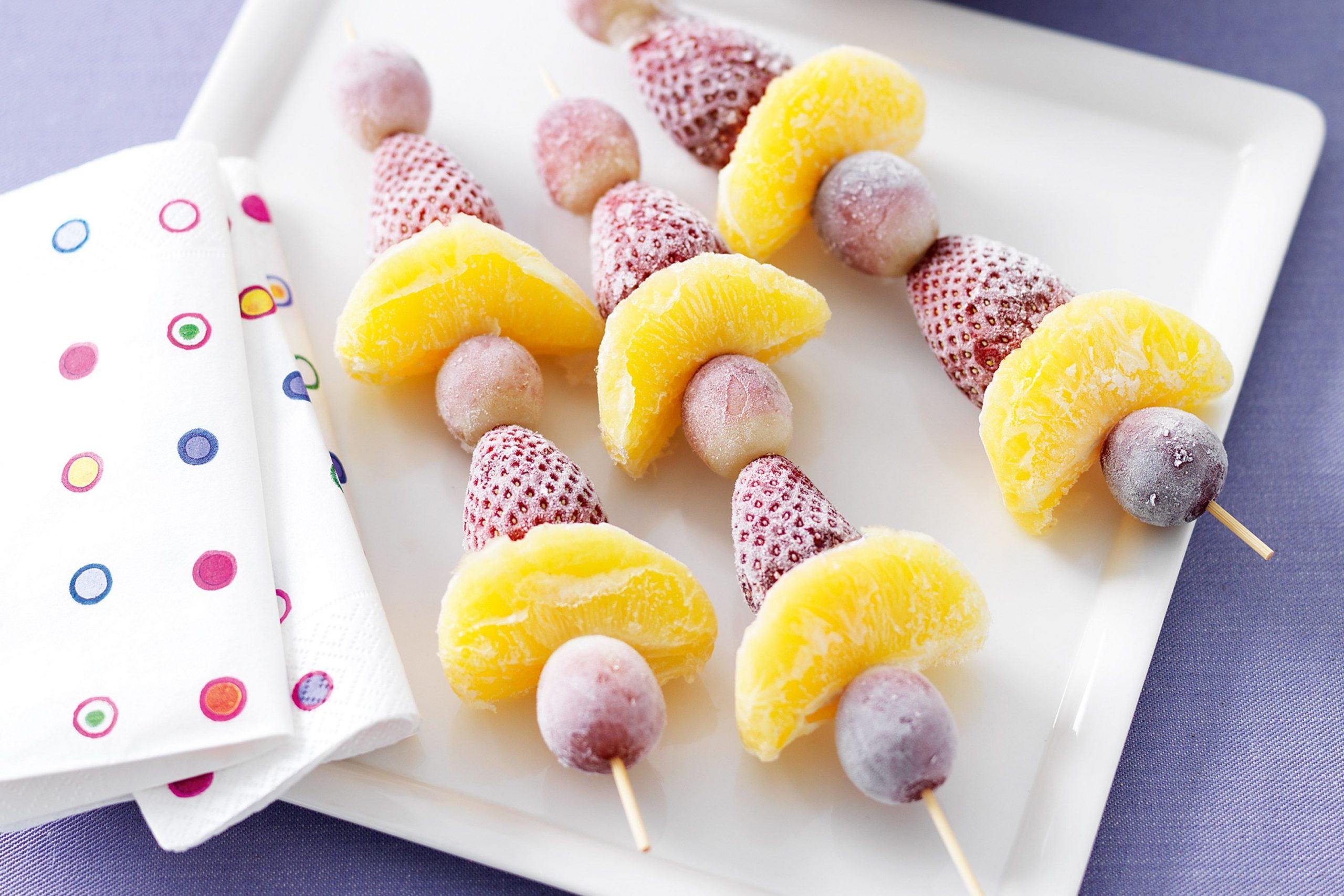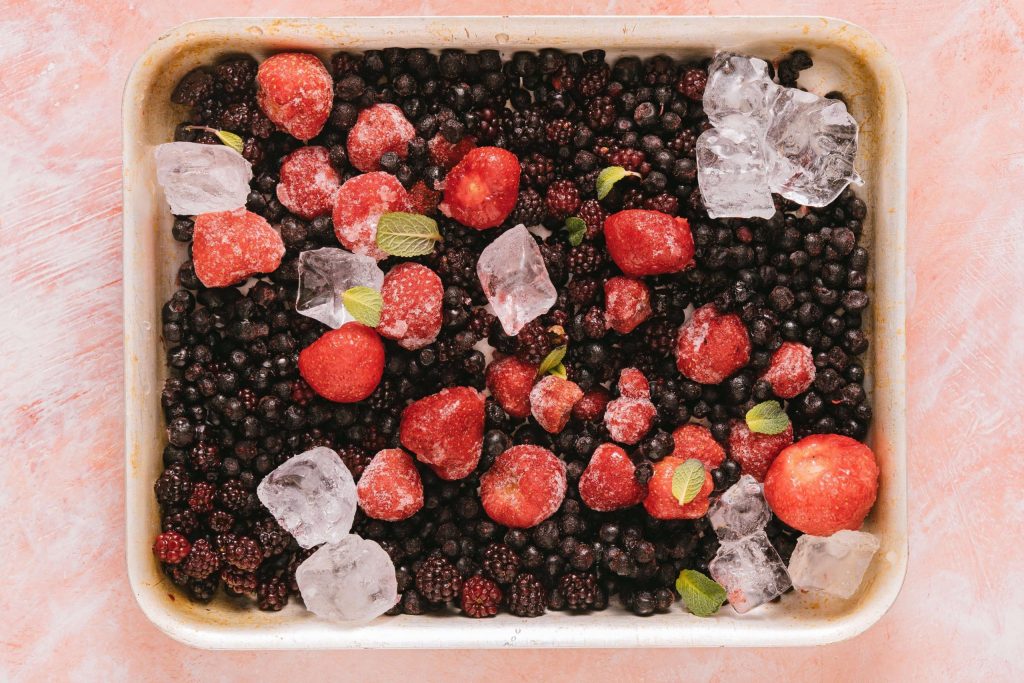The key to successfully freezing fresh fruit lies in preserving its quality, flavour, and nutritional value. To prepare for the summer season, follow this step-by-step guide on how to freeze fruit
How to freeze fruit at home
Step 1: Choose fresh and ripe fruits
Select fresh, ripe fruits that are free from bruises or blemishes. Opt for fruits at the peak of their flavor to ensure a more satisfying frozen result.
Step 2: Wash and prepare
Thoroughly wash the fruits under cool, running water. For fruits with thicker skins, like peaches or apples, peel and remove any pits or seeds. Slice or chop the fruits into bite-sized pieces or the desired size for your recipes.
Step 3: Pre-freeze berries
For small fruits like berries (strawberries, blueberries, raspberries), arrange them in a single layer on a baking sheet. This prevents them from clumping together during freezing. Place the baking sheet in the freezer for a few hours until the berries are firm.
Step 4: Use lemon juice to prevent browning
To prevent fruits like apples and pears from browning, toss the slices in a mixture of water and lemon juice (about one tablespoon of lemon juice per cup of water) before freezing. The acid in the lemon juice helps preserve the color and freshness of the fruit.
Step 5: Pack in airtight containers or bags
Once the fruits are prepped, pack them into airtight freezer-safe containers or bags. Remove as much air as possible to minimize the risk of freezer burn. Label the containers with the type of fruit and the date of freezing for easy identification later on.

Step 6: Flash freezing larger fruits
For larger fruits like peaches or mangoes, consider flash freezing before placing them in containers. Lay the individual pieces on a baking sheet and freeze them until solid. This prevents them from sticking together in the storage container.
Step 7: Maintain consistent temperature
Ensure your freezer maintains a consistent temperature of -18°C or lower. Fluctuations in temperature can compromise the quality of your frozen fruit. Store the frozen fruit in the back of the freezer where temperatures are more stable. Avoid placing them in the door, where temperatures can fluctuate more frequently.
Step 8: Thawing and usage
When ready to use, thaw the frozen fruit in the refrigerator or use them directly in cooking or baking without thawing for certain recipes like smoothies, sauces, or baked goods.
How long can you store frozen fruit?
The longevity of frozen fruit depends on the type of fruit and the storage conditions. In general, most frozen fruits can be stored for 8-12 months. Berries and citrus fruits tend to have a shorter shelf life, while heartier fruits like apples and peaches can last longer. Always label your frozen fruit with the date to keep track of its freshness.
Creative ways to use frozen fruit

Smoothie Sensation: Frozen fruit adds a refreshing and frosty element to your morning smoothies. Blend a mix of frozen berries, a banana, Greek yogurt, and a splash of juice for a nutrient-packed breakfast or snack.
Dessert Delights: Frozen fruit can be a star ingredient in desserts. Use frozen berries to make a quick and delicious compote for topping ice cream, yoghurt, or pancakes. Alternatively, blend frozen mango chunks into a sorbet for a guilt-free treat.
Baked Goodies: Incorporate frozen fruit into your favourite baked goods. Fold frozen blueberries into muffin batter, mix frozen peaches into pancake or waffle batter, or layer frozen berries into a crumble for a delightful dessert.
Fruity Cocktails: Elevate your cocktails by using frozen fruit as flavourful ice cubes. Drop frozen grapes into white wine, use frozen mango chunks in margaritas, or add frozen berries to sparkling water for a burst of colour and taste.
ALSO SEE: How to cut a pineapple
Feature image: Pexels

